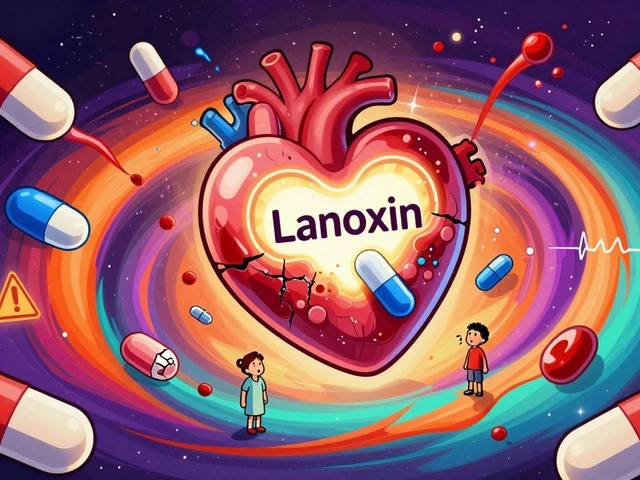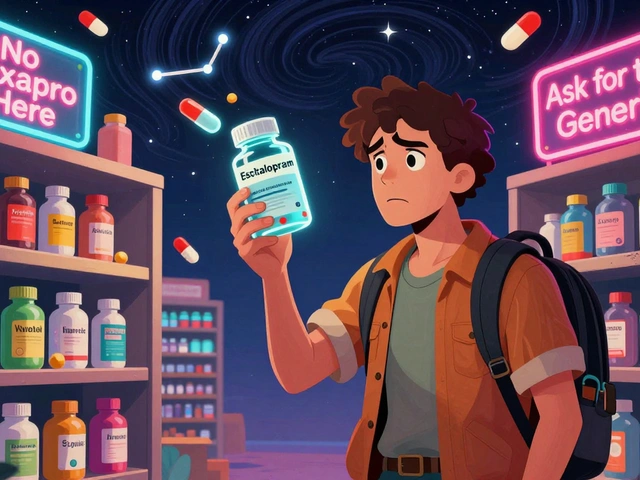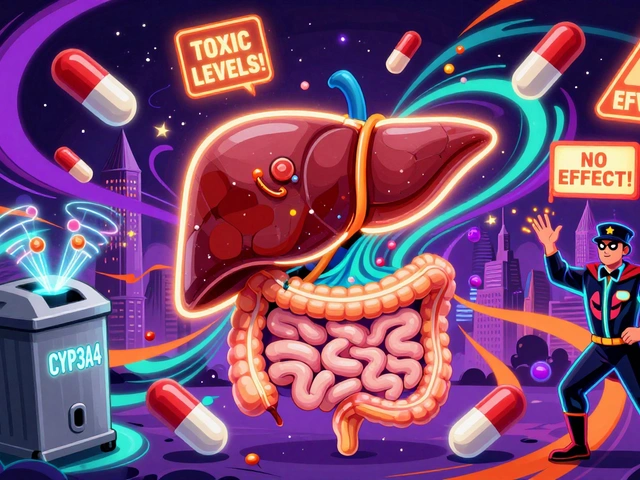Hemorrhoids: Causes, Treatments, and Everyday Relief Strategies
When working with Hemorrhoids, swollen veins in the lower rectum or anus that can cause pain, bleeding, and itching. Also known as piles, they affect millions of adults worldwide and often flare up during constipation, pregnancy, or heavy lifting. Hemorrhoids are not a one‑size‑fits‑all problem; they range from mild skin tags to large prolapsed cushions that need medical attention. Understanding the anatomy helps you spot the warning signs early and choose the right remedy before the situation escalates.
Topical, Prescription, and Procedural Options
Effective relief starts with the right Fiber supplements, soluble or insoluble fibers that soften stool and reduce straining. Increasing daily fiber intake—through psyllium, oat bran, or whole‑grain foods—creates bulk without hardness, which directly lessens pressure on hemorrhoidal veins. For immediate comfort, many turn to Topical steroids, cream or ointment formulations that curb inflammation and itching. Applying a thin layer after a warm Sitz bath, a shallow tub of lukewarm water used for a few minutes several times a day, maximizes absorption and soothes the irritated skin. If over‑the‑counter creams aren’t enough, prescription options like nitroglycerin ointment or nifedipine can relax the sphincter muscle and improve blood flow.
When conservative measures fail, procedural interventions become necessary. Minimally invasive rubber band ligation clips the base of the hemorrhoid, cutting off blood supply and causing it to shrink within weeks. For larger or persistent piles, a traditional hemorrhoid surgery, also called hemorrhoidectomy, removes the swollen tissue under anesthesia. Modern techniques such as laser or stapled hemorrhoidopexy aim to reduce postoperative pain and speed recovery, but every approach carries risks that should be discussed with a proctologist. Ultimately, the treatment path hinges on symptom severity, personal health, and how quickly you want relief.
Beyond medicines and procedures, lifestyle habits shape the long‑term outlook. Staying hydrated, chewing food thoroughly, and avoiding prolonged sitting can keep stool soft and prevent new flare‑ups. Regular exercise—not just cardio but also gentle pelvic floor stretches—boosts circulation and reduces venous pressure. If you’re prone to constipation, a daily probiotic or a modest dose of stool softener can act as a safety net during stressful weeks or travel. By pairing dietary fiber with proper hygiene, you create a supportive environment that lets the body heal itself while keeping future hemorrhoid episodes at bay. The articles below dive deeper into each of these topics, offering step‑by‑step guides, product comparisons, and real‑world tips you can start using today.
Anal Itching and Anal Fissures: Causes, Connection & Relief
Explore how anal itching and anal fissures are linked, uncover causes, symptoms, treatment options, and prevention tips to find lasting comfort.





